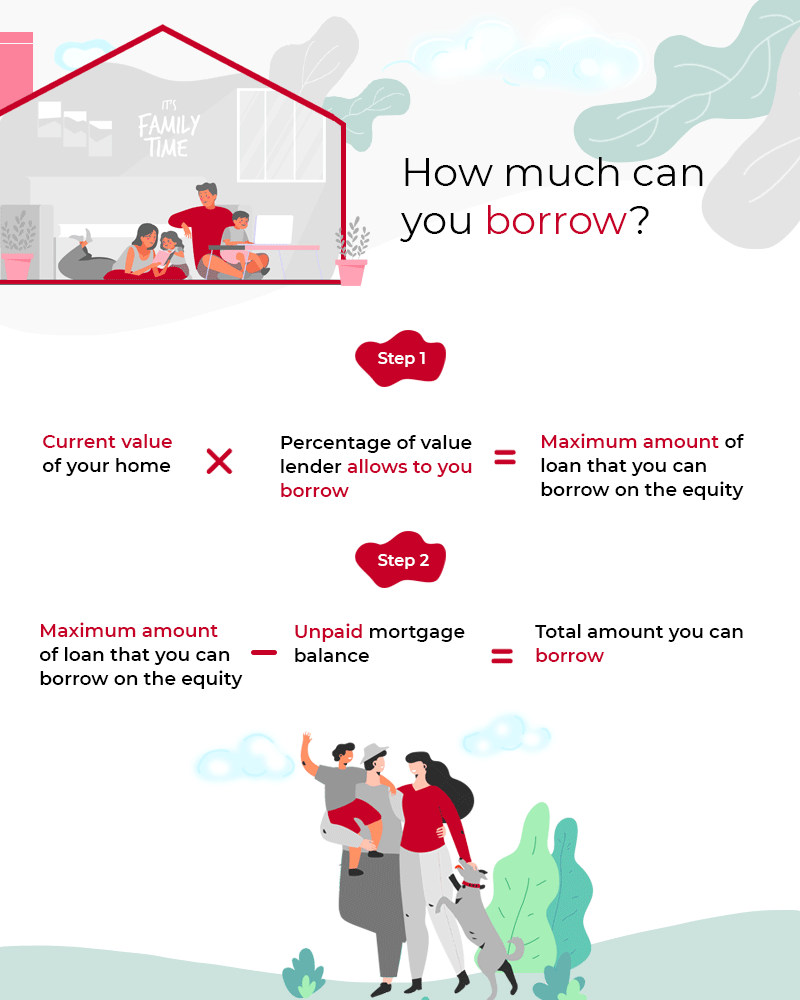Table of Content
The belt is supported by a series of pulleys that keep it in place and allow it to move. Flame-resistant conveyor belts must be used in underground coal mines in the United States. The flame resistance of some components of conveyor belt haulage systems can also be determined by using the SSFT. More information on conveyor belt construction and design can be found in the Rubber Manufacturers Association Handbook. When biomass falls from one conveyor belt to the next, it can be mixed with other materials in a conveyor belt. Other options include oscillating conveyor belts, which allow for mixing while also keeping the reactor’s plug flow constant.
Not understanding the practical conveying limits for these four basic inputs is often the root cause of poor performance, unplanned downtime, safety incidents, and even catastrophic failure. You could paint the pvc with something sticky and cover it in coarse sand, or just cheat and stick on some anti-slip tape. Once grippy, you need a way to drive it from the stepper motor. Boxes in cardboard, wood, metal, and plastic are transferred by a conveyor belt. Material can be moved in an orderly manner by the use of a conveyor.
Elon Musk stepping down as Twitter CEO but will still work at company after poll
Once assembled, you should tune your motor controller for low acceleration, as there may be much weight on the conveyor. Your stepper can probably drive your belt way faster than you need, so using a large drive cog from a small stepper cog is an advantage. Attach a roller bearing assembly to your metal bars at each roller position.
If a material has a static coefficient greater than the value of its stickslip, it would exhibit stickslip behavior. Bearings’ performance is also influenced by two other factors, the PV limit and the K-factor. Because polypropylene is not frequently used in sliding and bearing applications, quantitative data for these factors is extremely limited.
Conveyor Pulleys
The process is labor intensive, and effective training is required, which disadvantages it. Except for specific applications, it is rarely used as a sliding or bearing material. Bearings require low coefficient of friction as a matter of course. It can be difficult to predict the coefficient with such complex test conditions. The size and shape of lumps on the belt is an important design limitation as well.

The thickness and strength of the materials you choose to use must be as good as the conditions under which your system will operate. The goal of a conveyor belt is to move objects from Point A to Point B in as little time as possible. Heavy-duty belts are used in applications where bulky, heavy materials must be moved continuously. Belts with low working tension have a working tension of less than 160 pounds per inch of width. Food processing products are carried on a conveyor belt for an extended period of time. Materials such as thermoplastics, metals, rubber, fabric, and leather are used in the design of conveyor belts.
How to Install Conveyor Belt?
You can also go to an order-ahead lane and be served by a conveyor belt, Munster shared. For a new conveyor installation having little or no slope, a rope or cable should be attached to a clamp at the belt end. In clamping to the end of the belt for pulling it on the conveyor, it is not sufficient to cut a hole through the belt or ears into its corners for tying on a rope. A clamp should be made to distribute the pull applied to the end across its full width. Cleaning up around the conveyor is the source of about a third of all conveyor accidents.

This technology will be developed by Stramproy Green Investments and Agri-Tech Producers. Four tap holes in a circular cast house are tapped without the need for any separate slag notch, as well as complete slag granulation during tapping. Belts made of rubber or plastic are typically made by combining a rubber or plastic compound with a layer of fabric material or a different diameter of steel cable. The materials used to make a conveyor belt can be polyvinyl chloride, fabric, such as polyester or styrene-butadiene rubber, and several layers of polyester or nylon. A conveyor belt can be made of any number of materials and is often more suited to a specific application. Belts are typically made of a rubber or plastic compound with a layer of fabric material or steel cables of various diameters and depths.
How to make a Conveyor Belt
However, it gives the belts a good amount of grip and makes them much more reliable. He ordered a burger from the fast food chain he had never seen before, called the Daily Double. You can now order food on the app, pull into a curbside pick-up lane, and go through the drive-through lane.
When selecting a belt for your application, you should keep in mind how the belt is rated. Because belts have a higher tension rating, they can withstand a greater amount of force and are more likely to work well in certain applications. An Instagrammer known as Munster, who posts under the handle @foodie_munster, has shared the update in a recent video.
Belt conveyors’ abrasion resistance is one of their most important features. To calculate this, a test piece is moved across the surface of an abrasive sheet that is mounted to a revolving drum. If your abrasion resistance is less than this number, you will have better results.
In many applications, the conveyor path is an incline or decline route. The angle of the conveyor is critical to prevent the bulk material from slipping on the belt and flowing backward toward the loading point or causing spillage by rolling downhill. Because the steeper the angle the shorter the conveyor, there is a tendency to use the maximum angle of conveyance from the available handbooks. Is this exactly like being at a sushi conveyor belt restaurant?
Rather than stop production, the belt runs full speed, and chute blockages and spillage result. Twitter user @Itami9018F shared a video showing how he’s dealing with social distancing. He attached plates to the train’s freight cars, and, just like in a conveyor belt restaurant, it brings around dishes of delicious sushi for you to select. And when you make your selections at home, you don’t have to feel ashamed that your accumulating plates are starting to look like the Leaning Tower of Pisa. In mathematics, this approach yields a value of approximately 73%. A spherical packing ratio of equal sizes would be similar to this.

The return rollers are selected based on their spacing, the weight of the belt per unit length, and belt tension. During the selection process, it’s common to return to the initial capacity calculation and vary the belt width or speed to arrive at a workable design. In operations with many conveyors, standardization of components is often desired, which may affect component selection. Once the load and belt width speed is selected, the main components are chosen based on the load and belt weight per unit length and the belt tension.
How to Make a Mini Conveyor Belt
Once the roll of belting has been transported to the point of installation, it should be mounted on a suitable shaft for unrolling and threading onto the conveyor. Conveyor belting is normally rolled at the factory with the carrying side out. Here are some detailed pointers to building an efficient, productive, and safe conveyor system. I used a bearing on the rod at each end outside the tube to support the rod, and one bearing inside the tube on the opposite end from the motor to support the tube .
A conveyor belt can be made from polyvinyl chloride, polyester or styrene-butadiene rubber, or several layers of polyester or nylon fabric. You will never be disappointed if you build a simple conveyor. The project can be assembled with simple hand tools and no welding is required. In the past, the hard part was finished with the drive and idler assembly.









